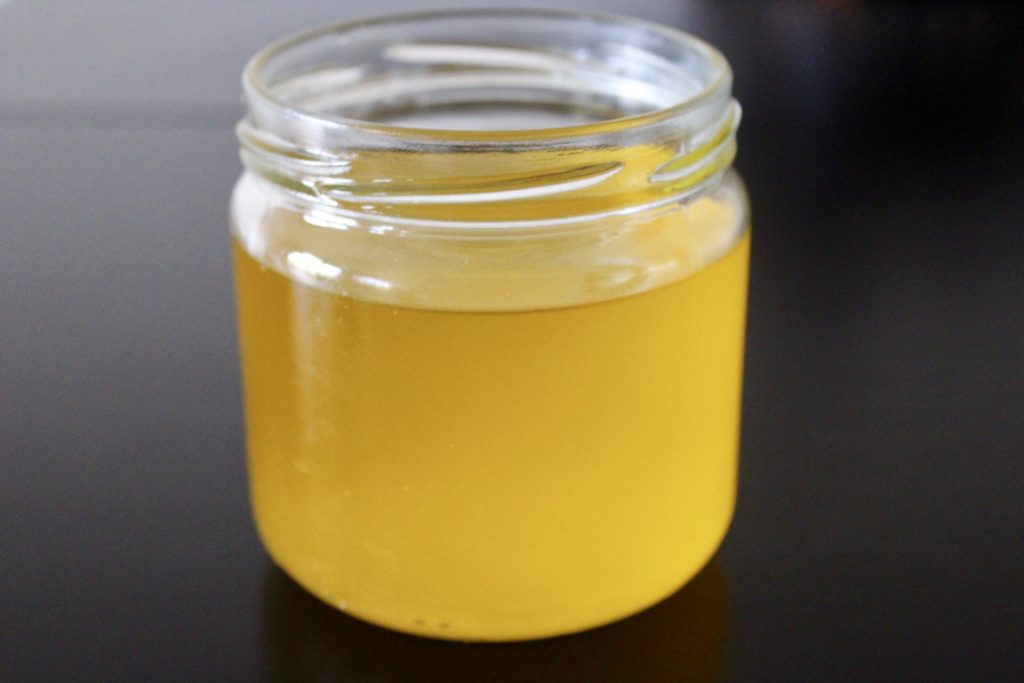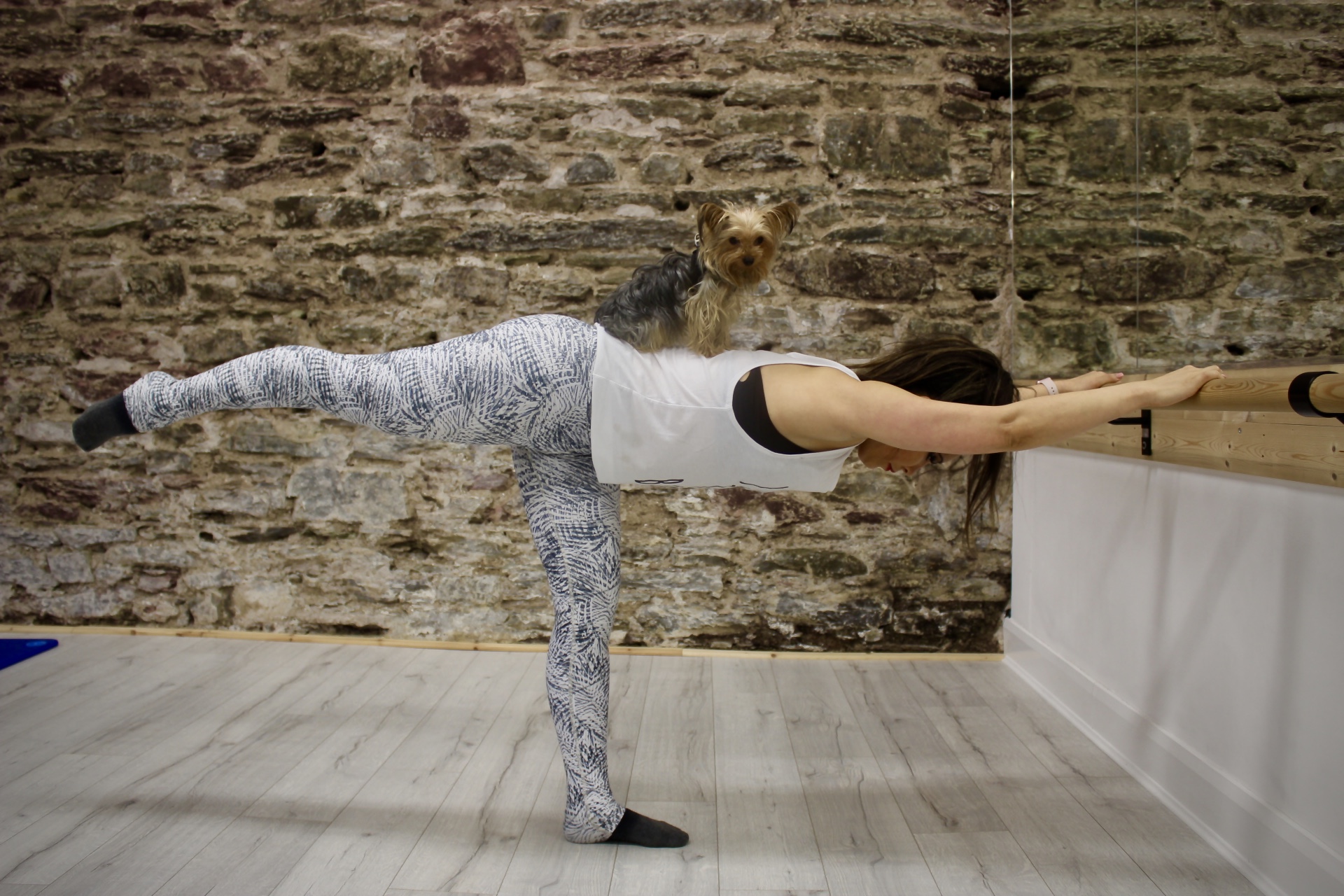Most people are probably aware of the basic framework for habit formation and more or less familiar with some version of what Charles Duhhig has termed the “Habit Loop.” We can learn to automate a particular behavior by establishing a relationship which involves seeing the stimulus or cue, which invokes a routine with a specific action, in order to attain some reward. Of course, this is true, but I think that in many ways our idea of what exactly constitutes a “reward” has become a bit misconstrued. Ultimately, we need to ensure that said rewards are appropriate for and aligned with the habit we are trying to form. As someone who is very achievement, accomplishment, and gold star driven, I have found that in some ways I needed to shift the way that I think about rewards and use them more strategically in order to actually strengthen the behaviors I am trying to instill, rather than undermining the habit with a temporary pleasure.
Although we tend to associate the building of habits with rewards, there is actually a lot of research which illustrates how this can be tricky. Setting a goal and appointing a specific reward for reaching a milestone is often an effective way to get started, but over time that may not be the best strategy for a few reasons. The first is the fact that it sets up a condition in your brain that suggests that you are only doing X in order to get Y. I liked an example that Gretchen Rubin shared in her book Better Than Before, where she pointed out that by telling her daughter “that she can watch an hour of TV if she reads for an hour, [she doesn’t] build her habit of reading; [she teaches] her that watching TV is more fun than reading.” Probably not the intended effect. Another potentially negative outcome could result if the daughter decides that she doesn’t care that much about watching TV, and consequently decides she won’t read anymore. This might seem a bit far-fetched, but in my own experience and watching that of others, it happens to us all the time. We often decide that the reward is not worth it and skip the habit altogether. Or perhaps even worse, sometimes the good habit stops, but we continue on with the established tradition of treating ourselves to that reward.
When we do choose to leverage a reward to build a habit, it’s also critical that we choose something which is consistent with our end goal. If you want to save money, a good reward for your diligence is probably not treating yourself to a shopping spree (guilty as charged many times over…) and similarly, if you are celebrating staying on track with your nutrition and eating – a gigantic slice of chocolate cake may not be the best way to do so. A better way of treating yourself is to choose to a reward that takes you deeper into the habit, like buying that new and fabulous pair of leggings or runners after sticking to your workout routine or picking up some new fancy storage containers as a prize for consistently meal prepping. Even better still, is when as Rubin describes, “the reward for a good habit is the habit itself.”
More beneficial and effective than any external reward, is when an activity is intrinsically motivating, that is when we pursue it for it’s own sake. Research in both psychology and economics has demonstrated that outward incentives work only as weak sources of motivation or reinforcement for a short amount of time and often are accompanied by hidden costs. However, when we do choose to do something because we find it fun, interesting, or enjoyable, we are much more likely to stick the habit and to find it satisfying. According to experts in the area, Thomas Malone and Mark Leeper, some of the main sources which contribute to intrinsic motivation are:
- Challenge – when an activity provides a continually optimal (intermediate) level of difficulty as one works toward a goal, a feeling of personal meaning is provided
- Curiosity – when an activity provides “an optimal (moderate) level of informational complexity or discrepancy from [one’s] current state of knowledge and information” which intrigues one to learn more
- Control – when an activity “promotes feelings of self-determination and control” and we feel like we have choice, power, and mastery
- Fantasy – when an activity requires creativity or imagination, it becomes more stimulating
- Cooperation – when an activity involves deriving satisfaction from working with others
- Competition – when an activity is enhanced by our competition with others and our favorable relative performance
- Recognition – when an activity is enhanced by others recognition of our efforts and accomplishments
Finding ways to draw on some of these factors or incorporate them into the habits we are trying to form is immensely helpful in making them lasting and, well, more enjoyable. The reward for being healthy is being healthy, but it can also be fun if you find new ways to introduce challenge, control, cooperation and/or competition into your fitness routine. Figuring out new recipes to try and getting into the practice of meal prepping can be very satisfying in and of itself as you gain mastery, try different things, and get excited about learning more. Plus there are some pretty significant side benefits – you save time, you save money, and you are far more likely to eat healthfully. It doesn’t have to be elaborate or overwhelming, start small and build from there, as is the case with nearly all sustainable resolutions and habits. Figure out the essentials or those items that will give you the most “bang for your buck.” One of those things for me, is making clarified butter or ghee. Almost every week, I follow this really easy method to make my own ghee which is then useful in a variety of recipes throughout the week. Clarified butter and ghee are technically different, but very similar in that they are derived from butter, but cooked until all moisture, milk solids, and proteins are separated, so they can be filtered out. The result is a highly stable saturated fat which can be used at even high heat. By removing the milk proteins, you make this a viable option in case this of any dairy sensitivity. It’s delicious and it makes for an excellent substitution for butter in any paleo or Whole30 cooking.


Cook time:
Total time:
Serves: Varies

- Grass-Fed Unsalted Butter 1 lb (450 g)
- Place the butter into a medium-large saucepan on the stove over medium-high heat and allow to melt completely, stirring occasionally. This will not take long, so watch it carefully.
- Once melted, bring to a boil and then reduce to heat to allow the butter to simmer for about 10 minutes.
- You will see the white foam, bubbles or solids rise to the top or fall to the bottom of the pan. These are the milk solids you are trying to remove. Skim off any on the top of the butter and then allow to cook a few minutes (2-3) longer until all the solids have dropped to the bottom.
- Do not allow to burn, the result should be a golden yellow liquid.
- Once finished, carefully line a metal sieve with a cheesecloth or sheet of paper towel (you will have to change it a few times likely) and pour the ghee through it into a glass jar. The solids will be trapped and the liquid should be all that remains.
- You can use ghee as a melted liquid, or allow it to become solid in the refrigerator or even keep at room temperature for up to one month as long as it is well covered in an airtight container.






3 Comments
Pingback:
Pingback:
Pingback: